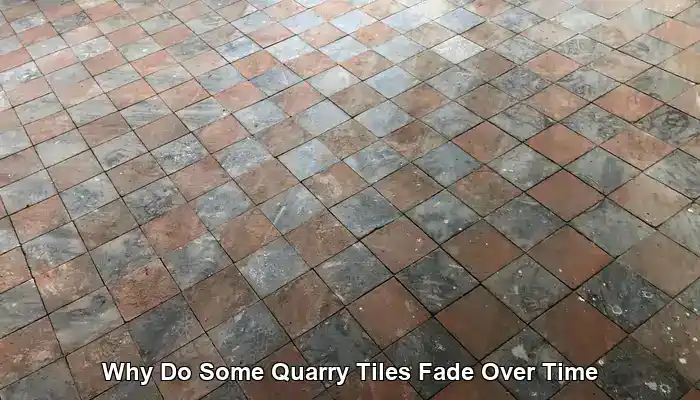
Quarry tiles are renowned for their remarkable durability, natural aesthetic, and enduring appeal. Whether used as a stunning kitchen floor or a solid base for a sun-drenched patio, these sturdy, unglazed ceramic tiles are designed to endure high foot traffic and harsh environmental conditions. Nevertheless, numerous homeowners and property managers have noticed a slow fading of color over time, which may appear as inconsistent or noticeable discoloration. This occurrence can be perplexing, particularly when tiles that once showcased vibrant reds, warm browns, or deep terracotta tones start to look washed out, splotchy, or dull.
The fading of quarry tiles transcends superficial appearance; it often indicates more significant issues such as wear, environmental stressors, or chemical damage. Outdoors, these tiles face relentless weathering from rain, frost, and temperature shifts that gradually wear down their surface. The freeze-thaw cycle can particularly create micro-cracks and surface spalling, exposing lighter, coarser inner layers. In indoor settings, while the conditions differ, the situation remains intricate. High foot traffic can erode the tile’s pigmented surface, revealing an inner body that may consist of larger particles and various mineral shades. This layering means that once the surface integrity is compromised, both color and texture can undergo drastic changes.
Moreover, exposure to various chemicals plays a critical role in the fading process. Aggressive cleaning agents, especially acidic or alkaline solutions, can weaken sealers and remove protective coatings. Over time, this susceptibility can lead to staining, efflorescence (a white residue from salt deposits that lightens the tile surface), and dirt accumulation in the newly created pits and abrasions. Together, these factors contribute to a faded, uneven appearance that detracts from the tile’s original allure.
Understanding the causes of fading in quarry tiles is crucial for maintaining their character and extending their lifespan. This article aims to delve into the environmental, mechanical, and chemical elements that contribute to fading—both indoors and outdoors—and provide actionable tips for prevention and restoration. Whether you oversee a historic floor or simply wish to keep your tiles looking immaculate, this guide will arm you with the insights necessary to comprehend the subtle dynamics of quarry tile wear.
Expert Recommendations: Essential Products for Preserving the Beauty of Quarry Tiles
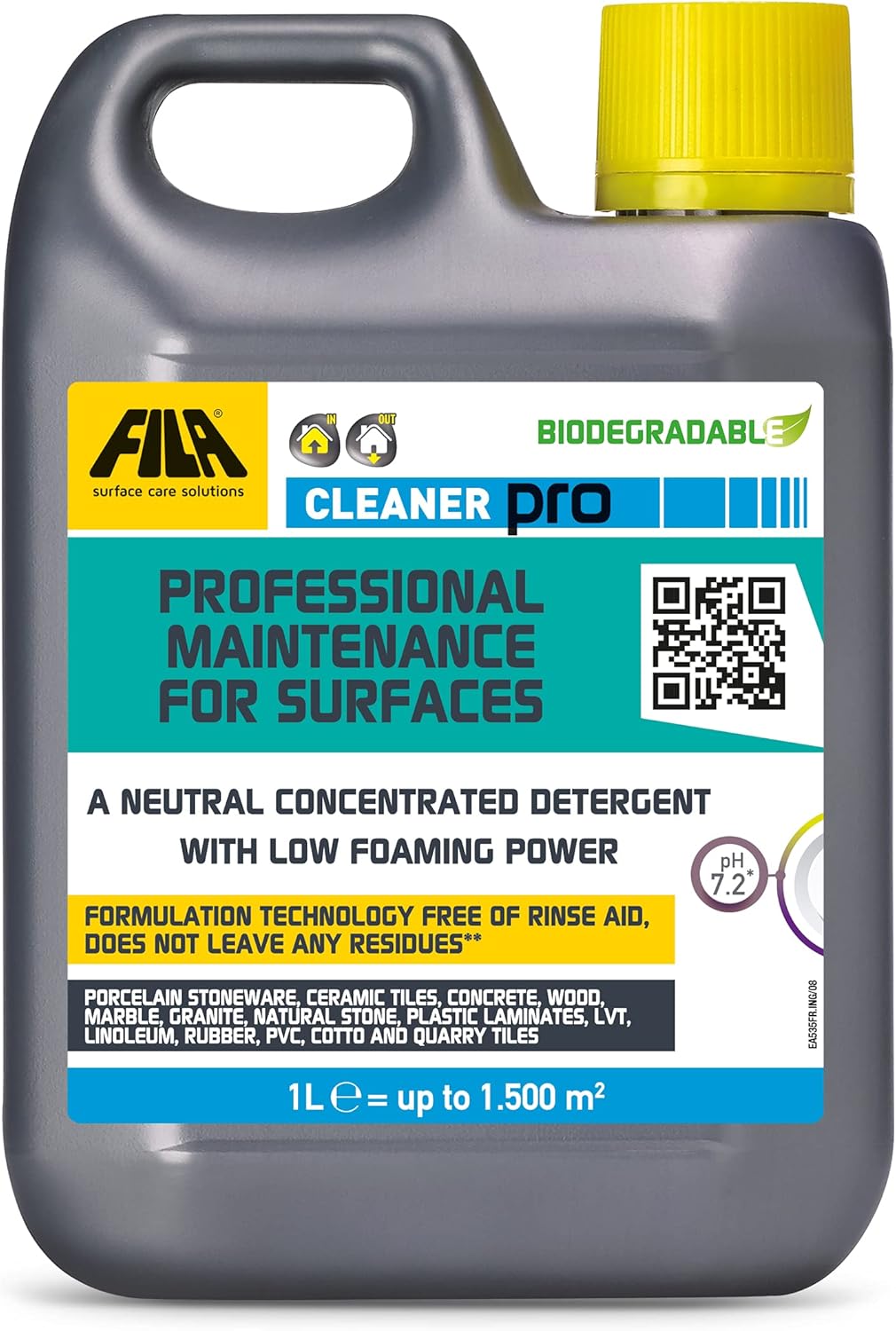
Fila Pro Floor Cleaner
|
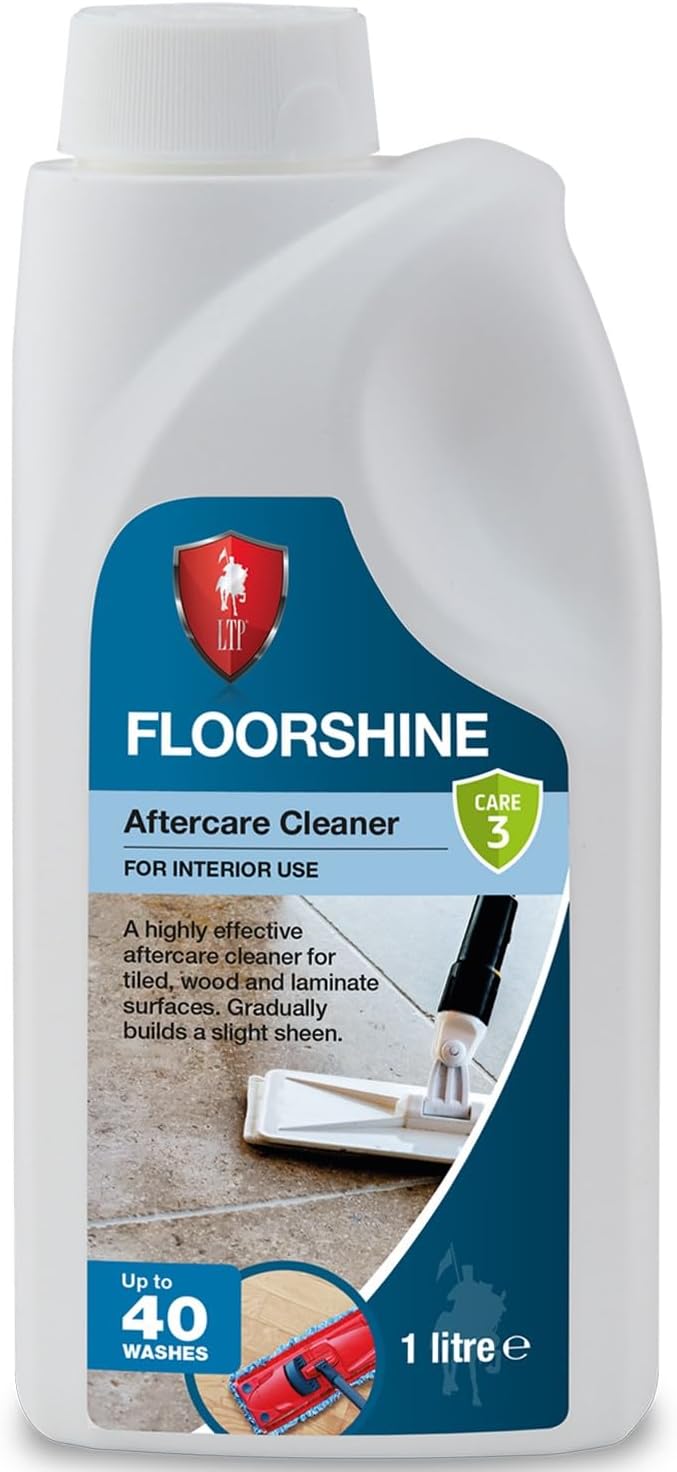
LTP Floorshine
|
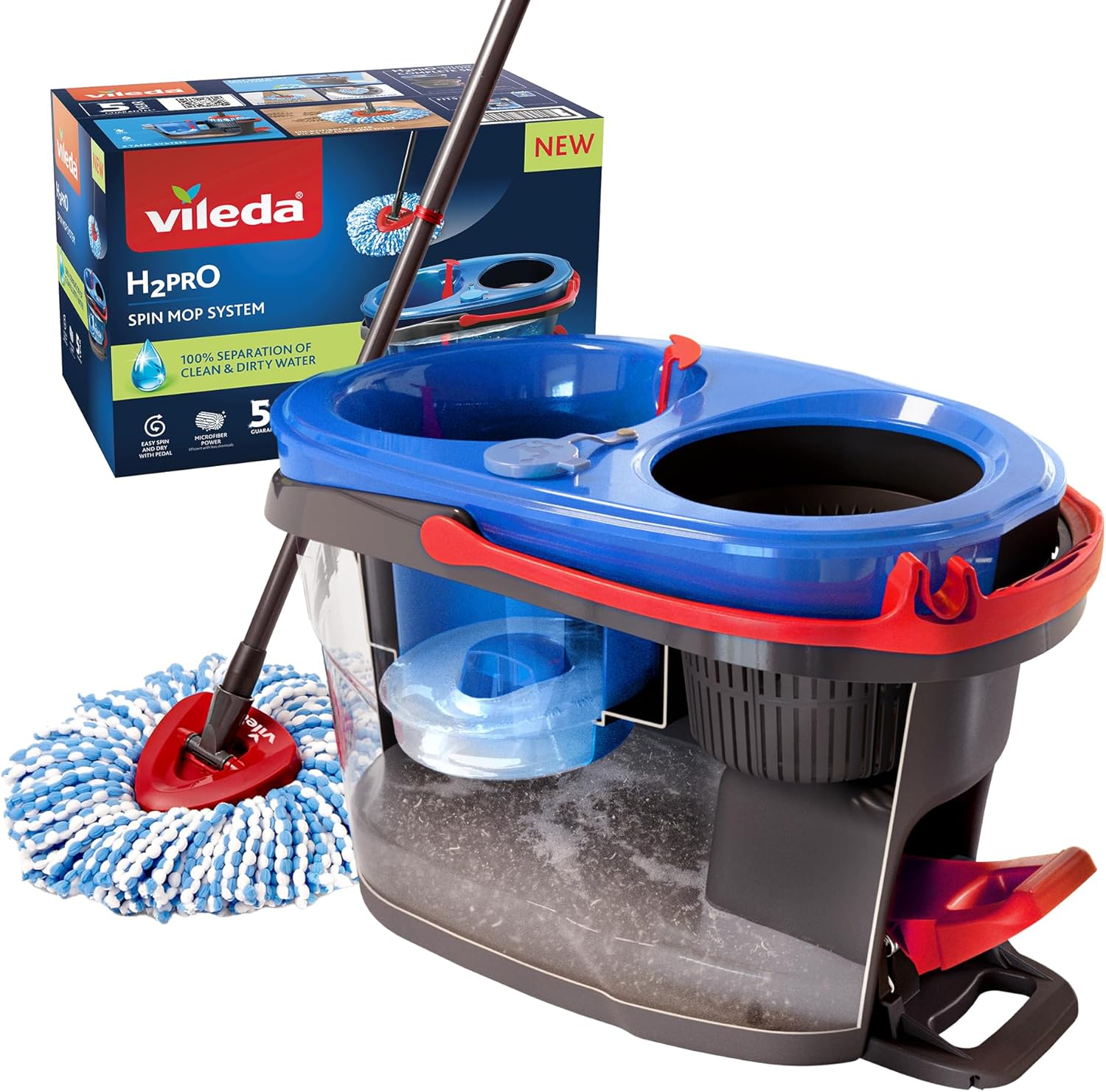
Vileda H2PrO Spin Mop System
|
Understanding the Impact of Outdoor Environmental Conditions on Quarry Tile Fading
Quarry tiles placed outdoors are continuously exposed to various environmental stressors that gradually diminish their color and texture. Although these tiles are recognized for their strength, the forces of nature can wear down even the toughest surfaces over time.
How Weather Conditions Influence the Lifespan of Quarry Tiles
One of the primary factors contributing to fading is the weather, particularly heavy rain and freeze-thaw cycles. Rainwater can infiltrate the porous surface of unsealed or inadequately sealed tiles, transporting minerals and contaminants that can stain or leach color from the tiles. As temperatures drop, the moisture trapped within the tiles expands when frozen, leading to micro-cracks and surface flaking. This continuous freeze-thaw cycle exposes the tile’s inner body, which often consists of lighter, less pigmented material, resulting in a faded appearance over time.
How Surface Wear Exposes Inner Layers of Quarry Tiles
Quarry tiles typically feature a dense outer crust that contains the most vibrant colors. As this outer layer wears down due to foot traffic, abrasion, or erosion, the inner layer becomes revealed. This inner layer is generally rougher, containing larger aggregate particles and a lighter, uneven hue. The outcome is a mottled appearance that lacks the richness of the original surface, diminishing the overall aesthetic appeal of the tile.
What Are the Consequences of Chemical Damage on Tile Integrity?
Outdoor cleaning frequently necessitates the use of potent chemicals to remove moss, algae, or grime. Unfortunately, these strong solutions can damage sealers and strip away protective coatings. Once the sealer is compromised, the tile becomes more vulnerable to staining, mineral deposits, and accelerated wear. Over time, this chemical exposure significantly contributes to fading and the overall dullness of the tile surface.
Identifying Indoor Factors That Cause Quarry Tile Color Fading

While outdoor quarry tiles contend with various elements, indoor tiles face a unique set of challenges that can equally compromise them over time. From constant foot traffic to habitual cleaning practices, the fading of indoor quarry tiles is often a slow, cumulative process driven by wear, surface degradation, and chemical exposure.
How Abrasive Wear Leads to the Loss of the Tile Crust
Quarry tiles are constructed with a dense, pigmented outer crust that gives them their rich color and smooth finish. Indoors, particularly in high-traffic areas such as kitchens, hallways, and commercial spaces, this outer crust gradually wears away. As the surface erodes, the inner body of the tile becomes exposed, which usually consists of larger mineral particles and a more porous structure. This results in a significant change in both the color and texture of the tile. Earth-toned tiles may start to appear mottled or faded, revealing lighter patches where the crust has considerably thinned.
What Problems Arise from Surface Pitting and Soil Accumulation?
As the surface deteriorates, micro-abrasions and pits begin to form. These tiny indentations trap soil, grease, and cleaning residues. Over time, the accumulation of dirt in these pits leads to uneven staining and dullness. Even consistent cleaning may not fully eliminate embedded grime, resulting in a faded, blotchy appearance. This issue is particularly prevalent in older floors that have not been adequately sealed or maintained, exacerbating the situation.
How Do Efflorescence and Mineral Migration Contribute to Fading?
Efflorescence is another critical factor in the fading of indoor tiles. This phenomenon occurs when moisture beneath the tile moves upward, bringing soluble salts to the surface. As the moisture evaporates, it leaves behind a white, powdery residue that lightens the tile’s appearance and can potentially damage the surface. Efflorescence is especially common in areas with poor subfloor ventilation or where tiles are laid over damp concrete. If left unaddressed, it can degrade the tile’s surface and complicate cleaning efforts.
What Is the Impact of Chemical Overuse on Sealant Integrity?
Indoor cleaning routines often depend on strong chemical agents—especially in commercial or food preparation environments. While these products can effectively eliminate grease and stains, they can also strip away sealers and protective coatings. Once the sealant is compromised, the tile becomes more porous and susceptible to staining, wear, and additional fading. Acidic or alkaline cleaners can even etch the surface, leading to lasting changes in texture and color. Over time, repeated exposure to harsh chemicals accelerates the deterioration of both the tile and its finish.
What Maintenance Practices Can Help Maintain Quarry Tile Color?
The fading of indoor quarry tiles is often preventable with proper care. Using pH-neutral cleaners, adhering to a regular sealing schedule, and avoiding abrasive tools can significantly extend the life and visual appeal of the tiles. For older floors that exhibit signs of wear, professional restoration—encompassing thorough cleaning, resealing, and color enhancement—can successfully revive their original beauty and vibrancy.
Implementing Effective Prevention and Restoration Strategies for Quarry Tiles
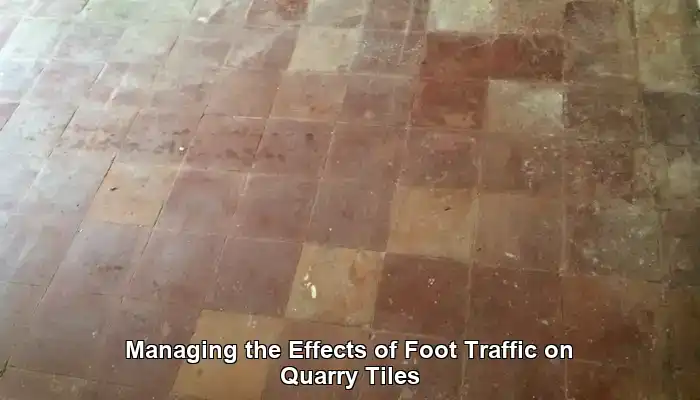
Comprehending the reasons behind the fading of quarry tiles is only part of the solution—the true value lies in knowing how to prevent it and restore their original beauty when wear occurs. Whether your tiles are installed indoors or outdoors, proactive care and thoughtful restoration can significantly prolong their lifespan while maintaining their rich, earthy character.
Why Proper Sealing is Essential for Preventing Fading
One of the most effective strategies for preventing fading is ensuring proper sealing. Quarry tiles are naturally porous, and without an adequate protective barrier, they easily absorb moisture, dirt, and chemicals. A high-quality penetrating sealer fills the pores without creating a film on the surface, allowing the tile to breathe while repelling contaminants. For outdoor tiles, this protection is particularly crucial to guard against rain, frost, and algae growth. Indoors, sealing helps resist stains from spills, cleaning products, and foot traffic.
Sealers should be reapplied periodically—typically every one to three years, depending on usage and exposure. A simple water-drop test can help determine when resealing is necessary: if water soaks into the surface instead of beading, it’s time for a refresh.
How to Clean Effectively: Avoiding Harsh Chemicals
Regular cleaning is vital, but the cleaning products you choose are equally important. Harsh chemicals, especially acidic or alkaline cleaners, can degrade sealers and etch the tile surface. Over time, this can lead to dullness, discoloration, and increased susceptibility to staining. Instead, opt for pH-neutral cleaners specifically designed for stone or tile surfaces. These products gently lift dirt without compromising the tile’s integrity.
For particularly stubborn grime or efflorescence, use targeted treatments sparingly, and always follow with a thorough rinse. Avoid bleach, ammonia, and vinegar-based solutions, which may seem effective but can cause long-term harm.
What Maintenance Techniques Can Help Preserve the Color of Quarry Tiles?
Regular sweeping and damp mopping are essential for preventing soil buildup and surface damage. Utilize soft-bristle brushes or microfiber pads instead of abrasive scrubbers, which can wear down the tile’s pigmented crust. In high-traffic areas, consider placing rugs or mats to minimize direct wear—especially near entryways or kitchen workspaces.
For outdoor tiles, pressure washing should be approached with caution. While it can effectively eliminate surface dirt, excessive pressure may damage the tile or force water into cracks, exacerbating freeze-thaw damage. When utilizing a pressure washer, maintain low pressure and ensure the nozzle is kept at a safe distance from the tile surface.
What Professional Restoration Techniques Can Revitalize Faded Tiles?
When fading becomes noticeable and routine care is insufficient, professional restoration can yield remarkable results. Restoration experts employ a combination of deep cleaning, mechanical resurfacing, and color enhancement techniques to rejuvenate worn tiles.
- Deep cleaning removes embedded dirt, grease, and mineral deposits using specialized equipment and solutions designed for tile restoration.
- Mechanical honing or polishing smooths worn surfaces and restores texture, particularly on indoor tiles that suffer from surface pitting.
- Color enhancement sealers can enrich faded tones, especially in earth-toned tiles, by deepening the natural pigments without creating a glossy finish.
In severe cases of wear, restoration may also involve regrouting, tile replacement, or applying protective coatings specifically tailored for the tile’s environment.
What Long-Term Care Strategies Ensure Quarry Tile Longevity?
Preventing future fading necessitates a long-term strategy. Establish a maintenance schedule that includes regular inspections, cleaning, and resealing. Educate household members or staff on proper cleaning methods and the importance of using suitable products. For commercial spaces, consider collaborating with a floor care professional to create a customized plan based on traffic levels and environmental conditions.
If your tiles are part of a historic property or possess historical significance, consult with conservation specialists before undertaking any restoration work. Preserving the authenticity of older quarry tiles often requires specialized techniques and materials that respect their historical context.
Key Insights for Effective Quarry Tile Care and Maintenance
Quarry tiles are valued for their rugged beauty and lasting charm, yet even the most durable materials can fall prey to the ravages of time. Whether subjected to harsh outdoor conditions or the relentless wear of indoor foot traffic, fading is a natural consequence of environmental stress, mechanical abrasion, and chemical exposure. From the erosion of the tile’s pigmented surface to the subtle impacts of efflorescence and surface pitting, each factor plays a role in diminishing the tile’s original vibrancy.
Fortunately, fading doesn’t have to be irreversible. With the right knowledge and care—such as regular sealing, gentle cleaning, and professional restoration when necessary—quarry tiles can maintain their color and character for decades. Understanding the causes of fading empowers homeowners, property managers, and restoration experts to take proactive measures that protect both the aesthetic and structural integrity of these timeless surfaces.
Whether your tiles are part of a historic property or a modern installation, their longevity depends on the quality of their maintenance. By honoring the material and addressing its needs, you ensure that your quarry tiles continue to tell their story—rich in color, texture, and history—for many years to come.
Frequently Asked Questions About Quarry Tile Care
Can faded quarry tiles be effectively restored?
Absolutely! Quarry tiles can often be restored through methods such as deep cleaning, resealing, or even professional refinishing techniques, depending on the extent of the fading. Homeowners should explore various options to bring back the beauty of their tiles.
What is the recommended frequency for cleaning quarry tiles?
Regular sweeping should be performed weekly, with deeper cleaning every few months to maintain their appearance and prevent fading. Establishing a consistent cleaning routine will help protect their vibrancy over time.
Are there specific sealants designed for quarry tiles?
Indeed, there are specialized sealants formulated specifically for quarry tiles that provide protection against moisture and UV rays, enhancing their longevity and appearance. Homeowners should consult professionals for tailored recommendations.
Which cleaning products should be avoided on quarry tiles?
Avoid using acidic cleaners, harsh chemicals, and abrasive scrubbers, as these can damage the surface and contribute to fading. Instead, opt for gentle, tile-safe products.
How can I determine if my quarry tiles need resealing?
If water no longer beads on the surface or if the tiles look dull and stained, it may indicate that resealing is necessary. Regular checks can help maintain optimal protection.
Does indoor lighting affect the fading of tiles?
Indirect indoor lighting generally has less impact than UV rays, but prolonged exposure to bright light can contribute to gradual fading. Homeowners should consider their lighting choices when designing spaces.
Is it advisable to use a steam cleaner on quarry tiles?
Steam cleaners can be too harsh for quarry tiles, potentially causing damage to their surface. It’s best to adhere to recommended cleaning methods to maintain their integrity.
Are some quarry tiles more prone to fading than others?
Yes, tiles made from lower-quality materials or pigments may fade more quickly compared to those crafted from superior materials. Homeowners should prioritize quality when selecting tiles.
Does foot traffic significantly affect the lifespan of quarry tiles?
High foot traffic can indeed lead to wear and tear, accelerating fading and increasing the need for maintenance. Homeowners should adopt strategies to effectively manage foot traffic.
Is it possible to completely prevent fading in quarry tiles?
While it is challenging to prevent fading entirely, regular maintenance, proper sealing, and the use of quality products can significantly minimize color loss over time.
The Article Why Do Some Quarry Tiles Fade Over Time: A Guide was first found on https://www.abbeyfloorcare.co.uk
The Article Quarry Tiles Fade Over Time: Understanding the Causes appeared first on https://fabritec.org
The Article Understanding Quarry Tile Fading: Key Causes Explained Was Found On https://limitsofstrategy.com

